Mold remediation services ensure a safe environment through a comprehensive approach that involves several key steps. First and foremost, trained professionals conduct a thorough assessment of the affected areas to determine the extent of the mold problem and identify the underlying causes. This step helps in devising an effective remediation plan tailored to the specific situation.
Containment measures are then put in place to prevent the spread of mold spores to unaffected areas during the removal process. Specialized equipment and procedures are employed to isolate the contaminated sections of the property.
Next, air filtration systems with HEPA filters are used to capture airborne mold spores and other particles, ensuring that they are not dispersed further. This step is crucial for maintaining air quality and preventing the recirculation of mold spores.
The actual removal of mold involves the use of industry-approved techniques to eliminate mold colonies from surfaces. Depending on the material and severity of the contamination, this might include cleaning, scrubbing, sanding, or even removing and replacing certain materials.
Once the mold is removed, structural drying is carried out to eliminate any residual moisture. A vital aspect of mold remediation is the use of Personal Protective Equipment (PPE) by the remediation team. This equipment includes gloves, masks, goggles, and suits to shield workers from exposure to mold and its spores.
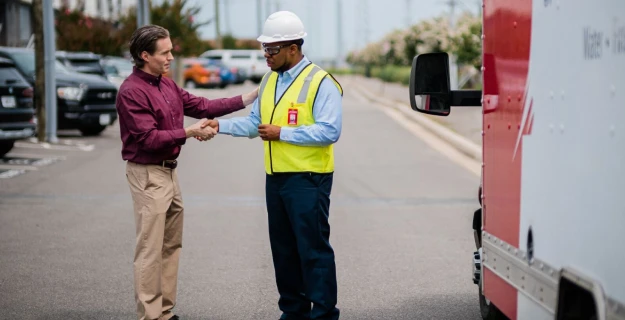
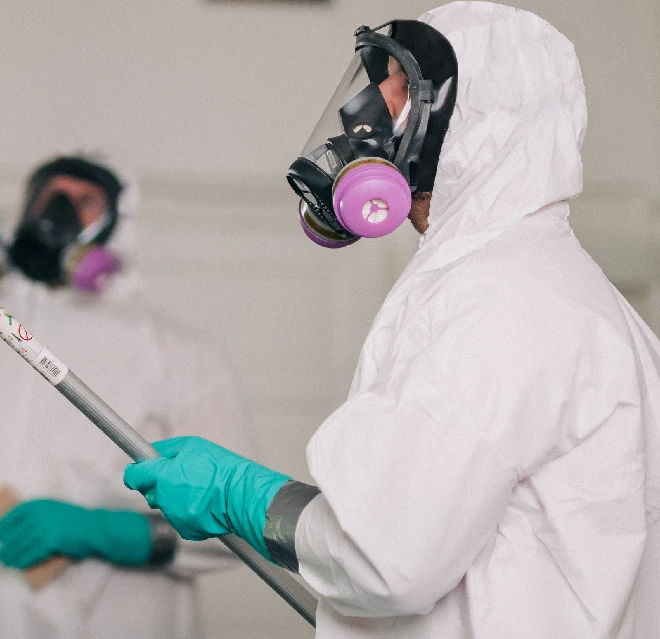
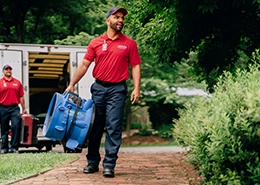

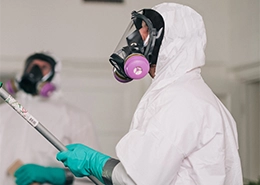

.webp)
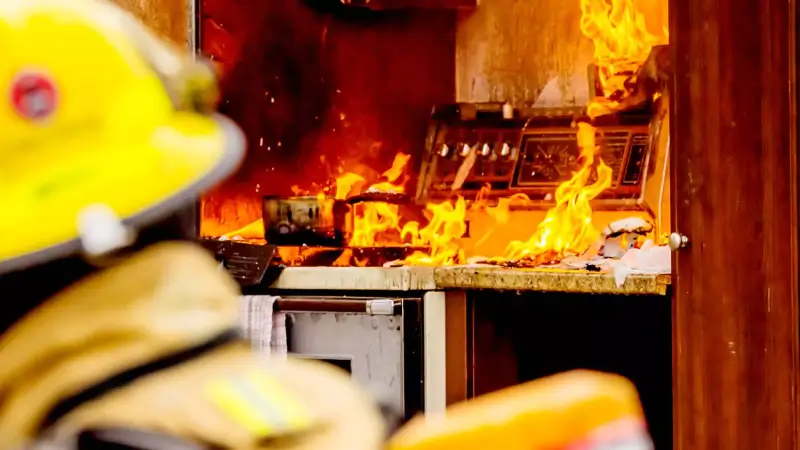
.webp)